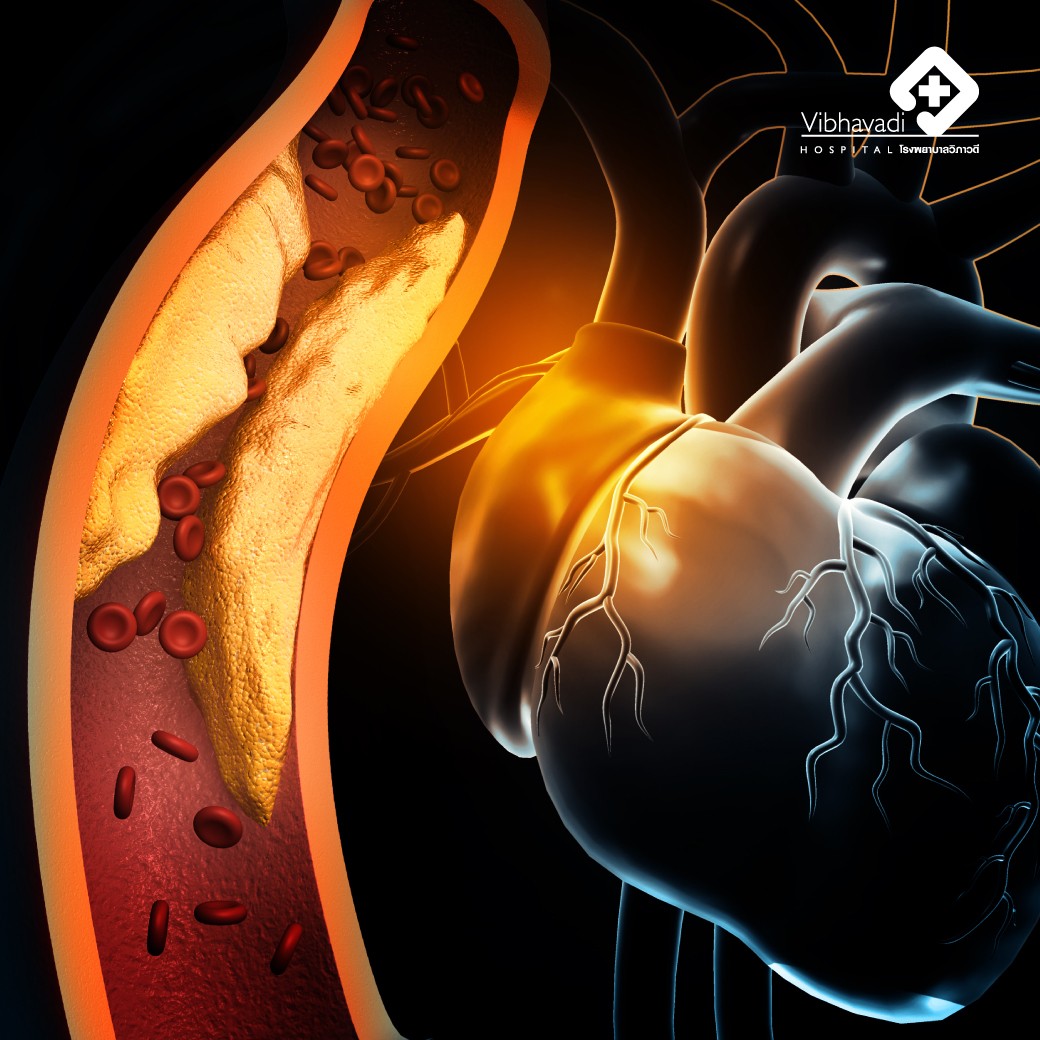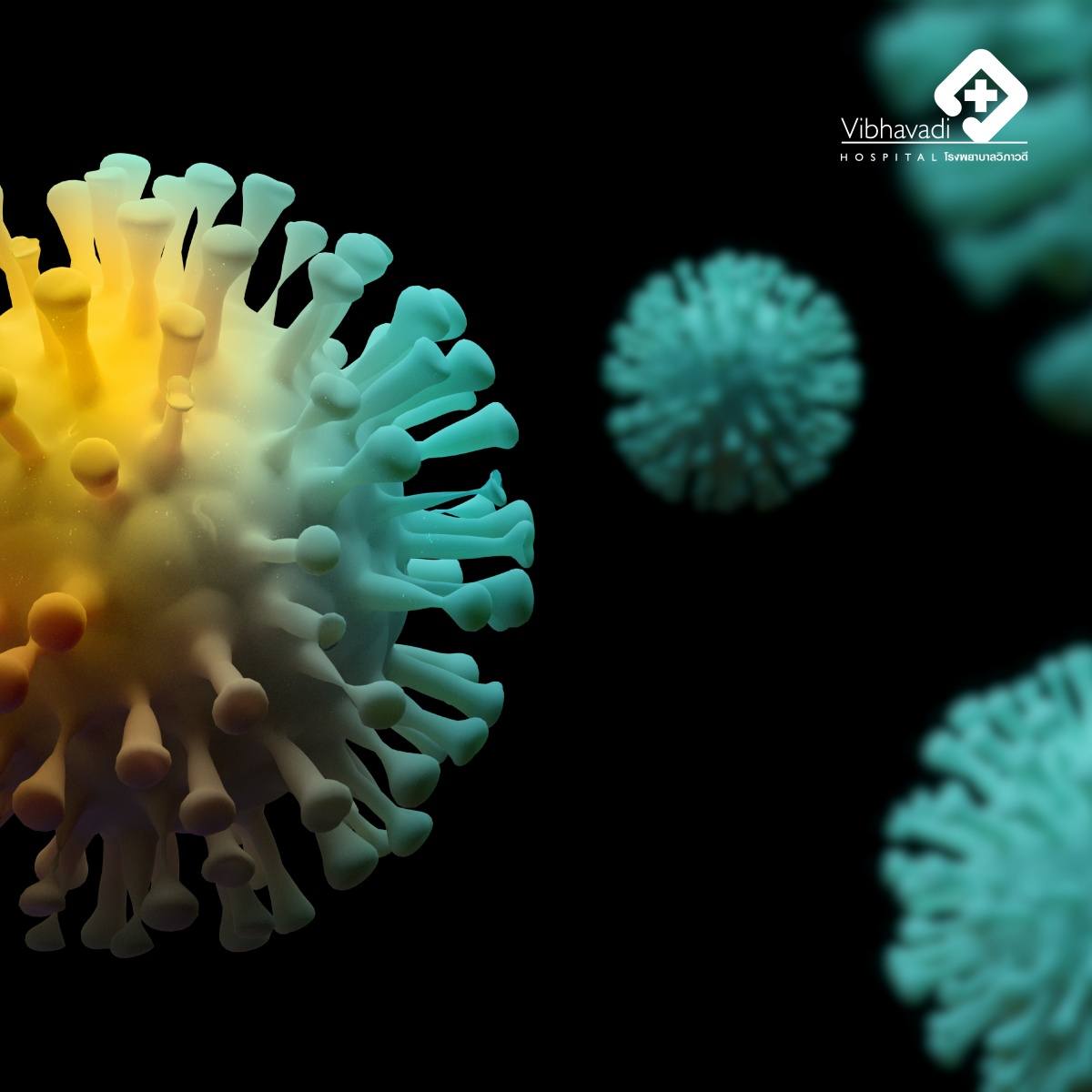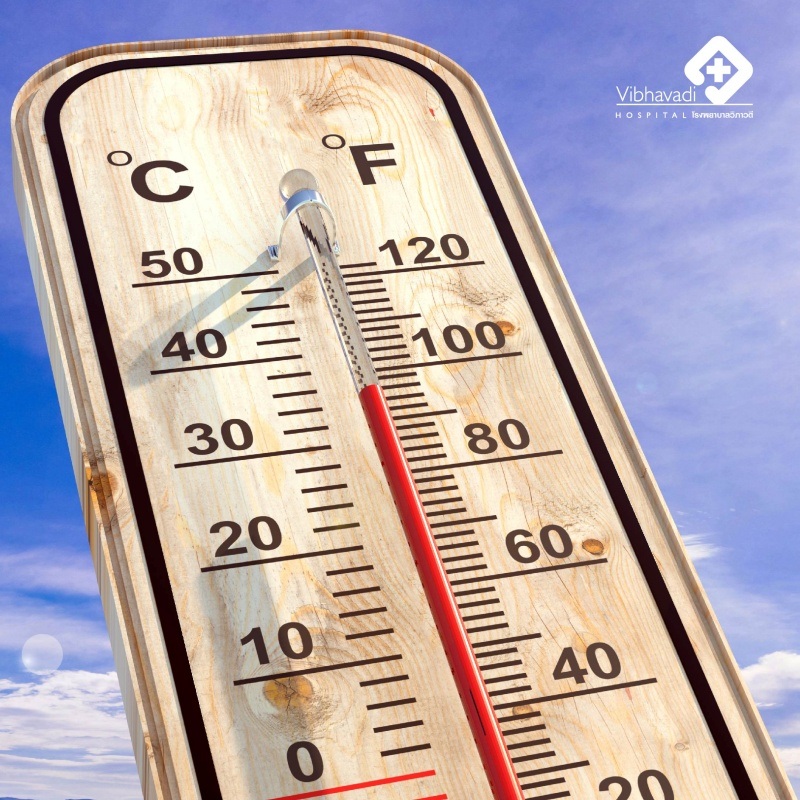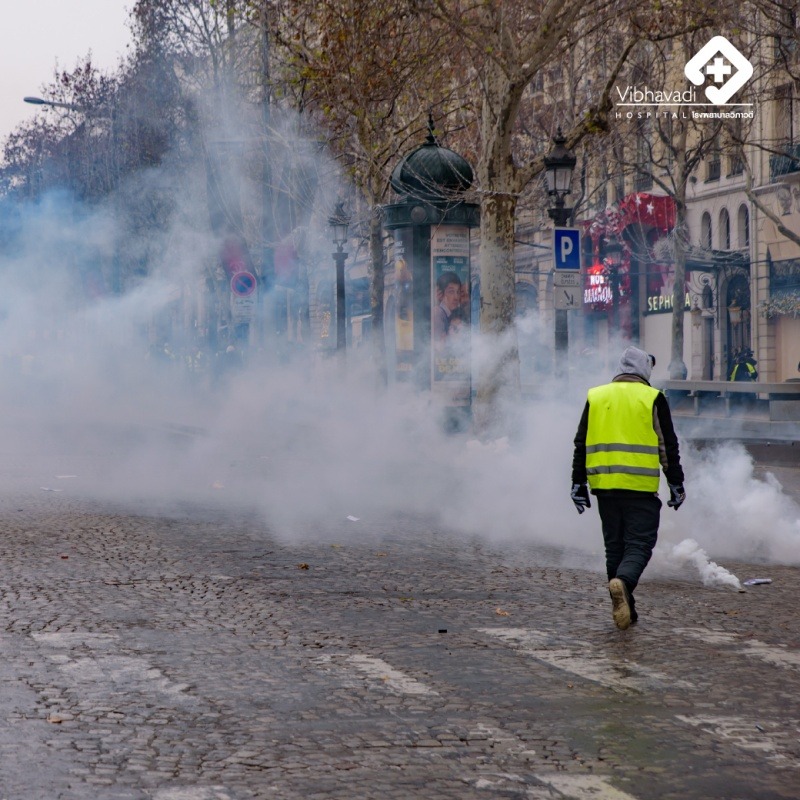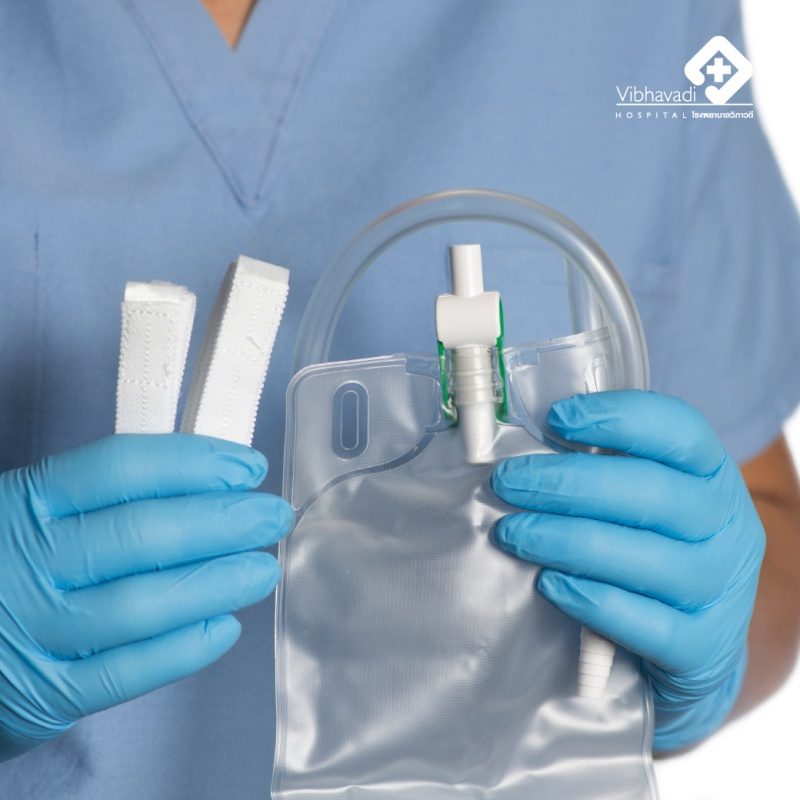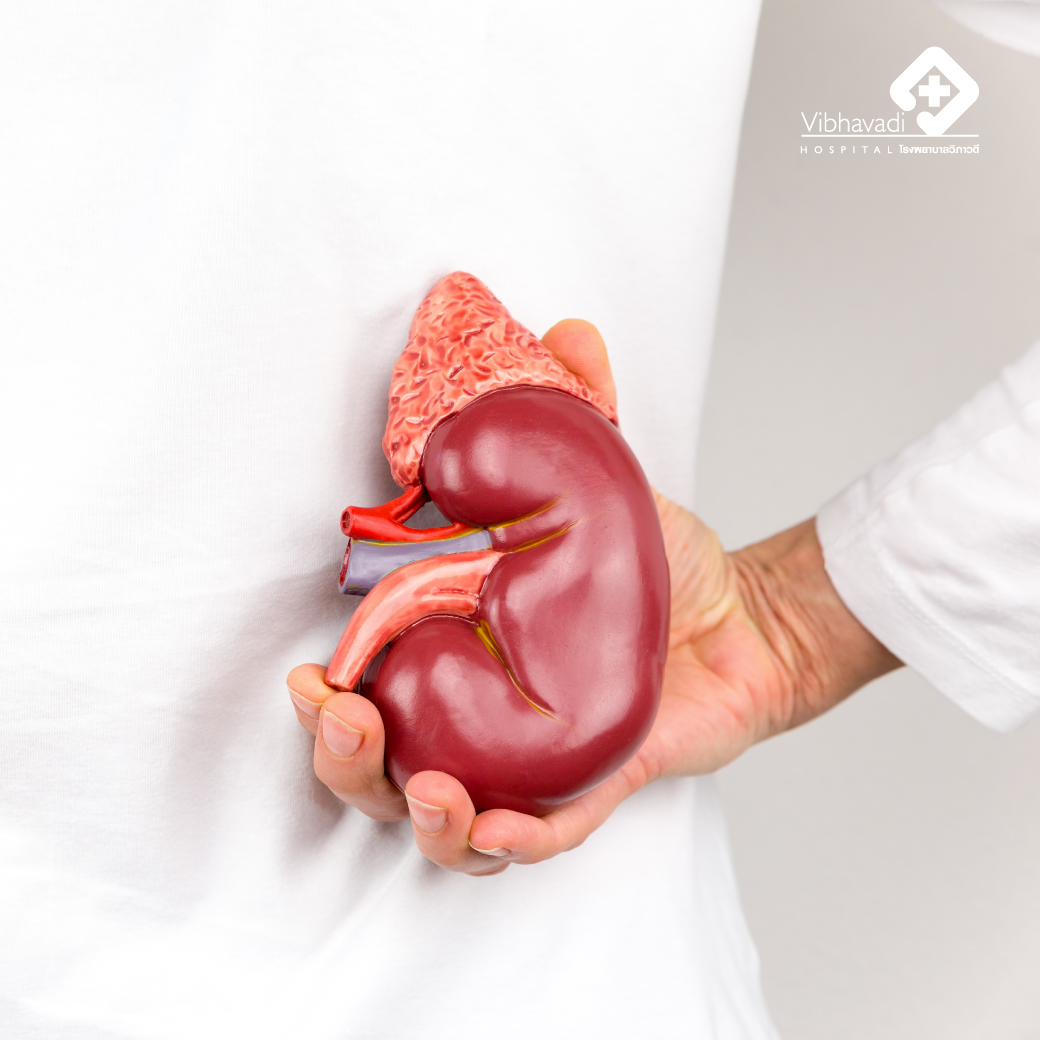What Can I Do to Help My Child Cough Up Phlegm?
What Can I Do to Help My Child Cough Up Phlegm?
Asst. Prof. Apassorn Wattanasomsiri, Pediatric Respiratory Medicine at Vibhavadi Hospital, can help children with coughing and phlegm removal. Coughing is a condition that is caused by foreign bodies in the airways, such as dust or phlegm from the flu, bronchitis, or pneumonia. The body then attempts to get rid of the foreign substances by coughing. A chronic cough can be caused by the presence of mucus in the bronchi.
What causes coughing?
Coughing is a response to something unusual in the airways, such as dust, phlegm, or a virus. This is the body's way of expelling these foreign substances. However, a long-term cough can be caused by mucus buildup in the bronchi, which can be a symptom of illnesses such as bronchitis or pneumonia.
What should you do when your child coughs?
Sometimes you will find that your child coughs a lot but cannot stop. This is due to the very sticky sputum which remains in the bronchial tubes, similar to ketchup left at the bottom of the bottle. To help relieve this, you should put your child in a position which allows the sputum to flow easily, then tap gently to encourage it to escape from the trachea. Vigorous tapping and coughing, as well as vibrating the chest can also stimulate coughing and help to release the sputum. For young children who may not be able to spit out the sputum, a rubber ball number 1 can be used to help suck up the phlegm, allowing them to swallow it and let the body naturally expel it.
What should I do to help my child cough out phlegm?
By encouraging your child to cough up mucus and drinking plenty of fluids, you can help make the mucus less adhesive.
Preparation: Prior to eating, it is important to blow your nose and expel any mucus in the nose and mouth. This should be done 1.5 to 2 hours before meals to prevent vomiting or choking. Sitting or standing in the correct posture will help to expel mucus from different parts of the lungs more efficiently. To achieve the best results, it is important to knock and vibrate in each position for 3-6 minutes, ensuring that the entire process does not exceed 15-30 minutes. If the child shows signs of fatigue or boredom during the process, they should take a break.
Sputum tapping: The principle behind Sputum Tapping is to use the vibration of the wind hitting the chest wall to cause sputum to escape the bronchi. To do so, a thin towel is placed on the area to be tapped and cupped hands with fingertips close together are used to gently tap the chest area at a frequency of three times per second in a circular or left-right motion. Often, the child receiving this technique will feel as comfortable as they would if they were receiving a massage, and some people can even fall asleep while tapping is occurring.
To help with coughing, it is more difficult than simply knocking on the chest. If your parents are unable to do this, there is no need to worry. To create a vibration, place your palms on the chest of young children, or use one hand to cover the front and back of both sides for older children. Make sure to tense your shoulders, elbows and hands, and start to vibrate as you inhale and continue through your exhale. This will help to more effectively expel mucus from the lungs.
To effectively cough, you must take a deep breath and then hold it for 1-2 seconds. This is to ensure the air has the power and range to dislodge the phlegm from all parts of the lungs. After this, you should cough 2-3 times in a row. Toys that require strong breathing, such as blowing balloons, soap bubbles or turbines, can be used to assist with this.
When do I need to help my child cough?
How often should you do it? Generally, it should be done when waking up in the morning and before bedtime, as well as before lunch, afternoon, and night if necessary. If you have slept for a while and coughed a lot, it can help the child to sleep better. To know if your baby is improving, you should observe if they are coughing less and their noise is decreasing. Additionally, drinking milk and sleeping more can help in improving the symptoms. Are there any restrictions for patients with asthma? Yes, before coughing, the asthma symptoms should be improved first with bronchodilators. This will help keep the trachea open and the coughing process must not be too long or exhausting.
What are the consequences? compared The negative effects of phlegm retention are many and much more dangerous. Because phlegm is a good source of infection, it is found that the child will be sick with a fever. and the more the cough doesn't go away breathless could be pneumonia Flattened lungs from phlegm obstruction or emphysema Some people cough so much that their stomach hurts. Because coughing requires abdominal muscles and diaphragm. This may be helped by placing both hands together to apply slight pressure to the abdomen to help reduce pain. Sputum tapping part If done at the right time, posture and method, there will be no danger whatsoever. Can be done in newborns to older children. by adjusting the knocking force to suit the weight and shape At first, the child may not be used to singing. Later, I tend to like it because I learned that it made him more comfortable. There are many children who are fascinated by having their parents lull them to sleep by tapping their lungs every night in order to sleep comfortably.
Should cough medicine be given?
If the child is coughing up sputum, taking cough suppressants could be detrimental because it may lead to sputum retention. However, taking cough medicines which open up the bronchial tubes or dissolve phlegm can be beneficial. Additionally, some decongestants contain ingredients which make mucous and phlegm stickier. Therefore, it is important to consult your doctor for proper medication.
by Asst. Prof. Apassorn Wattanasomsiri, M.D.
Pediatric Respiratory Medicine, Vibhavadi Hospital




